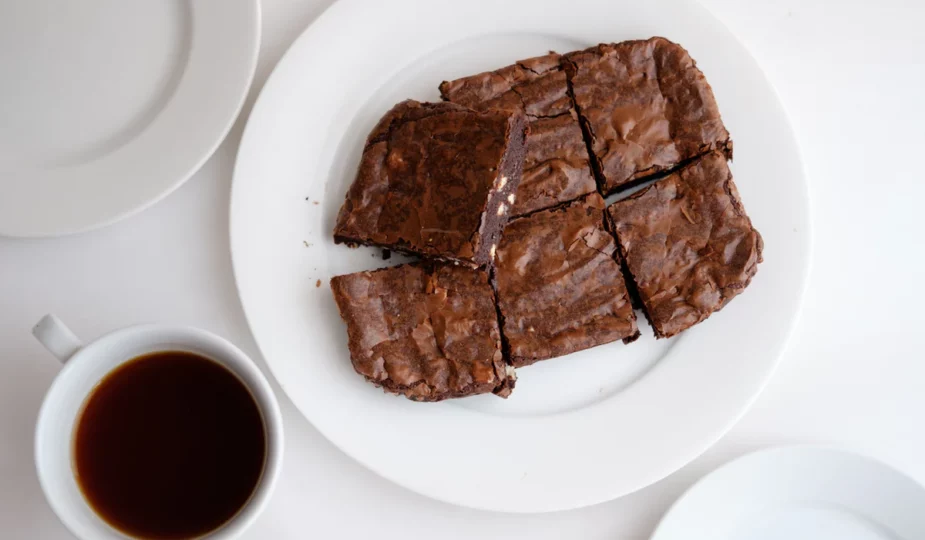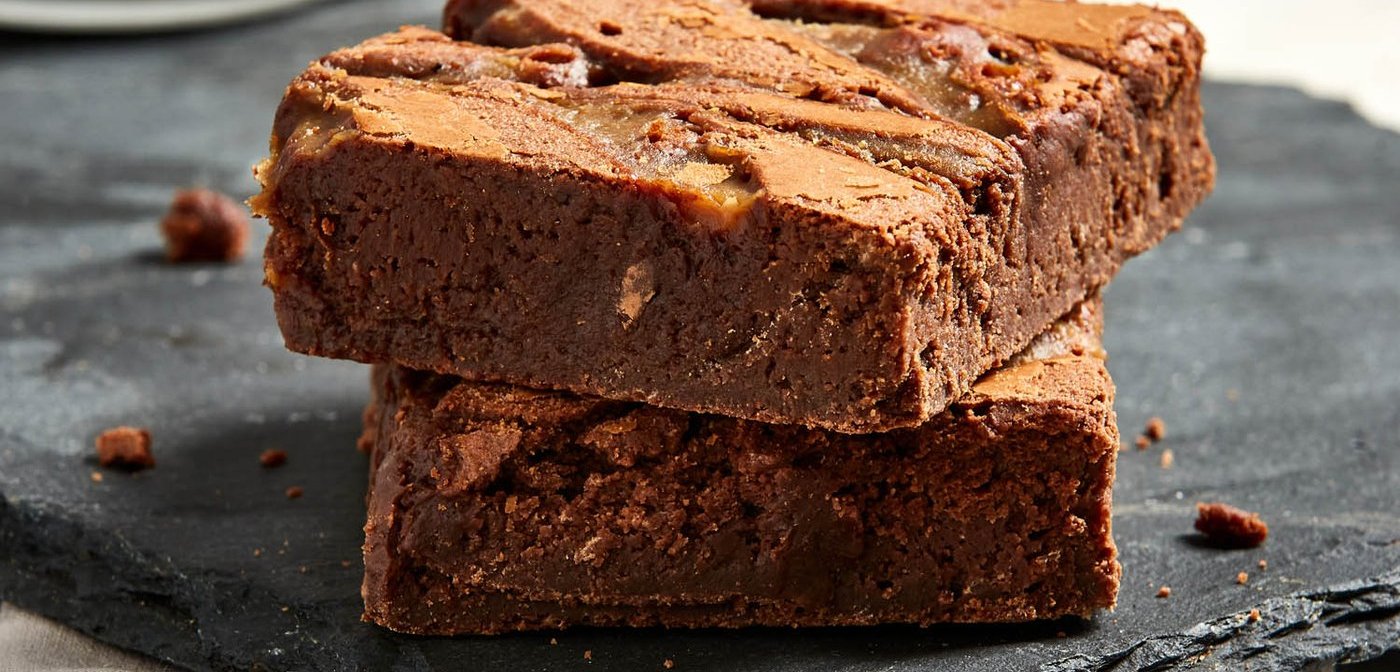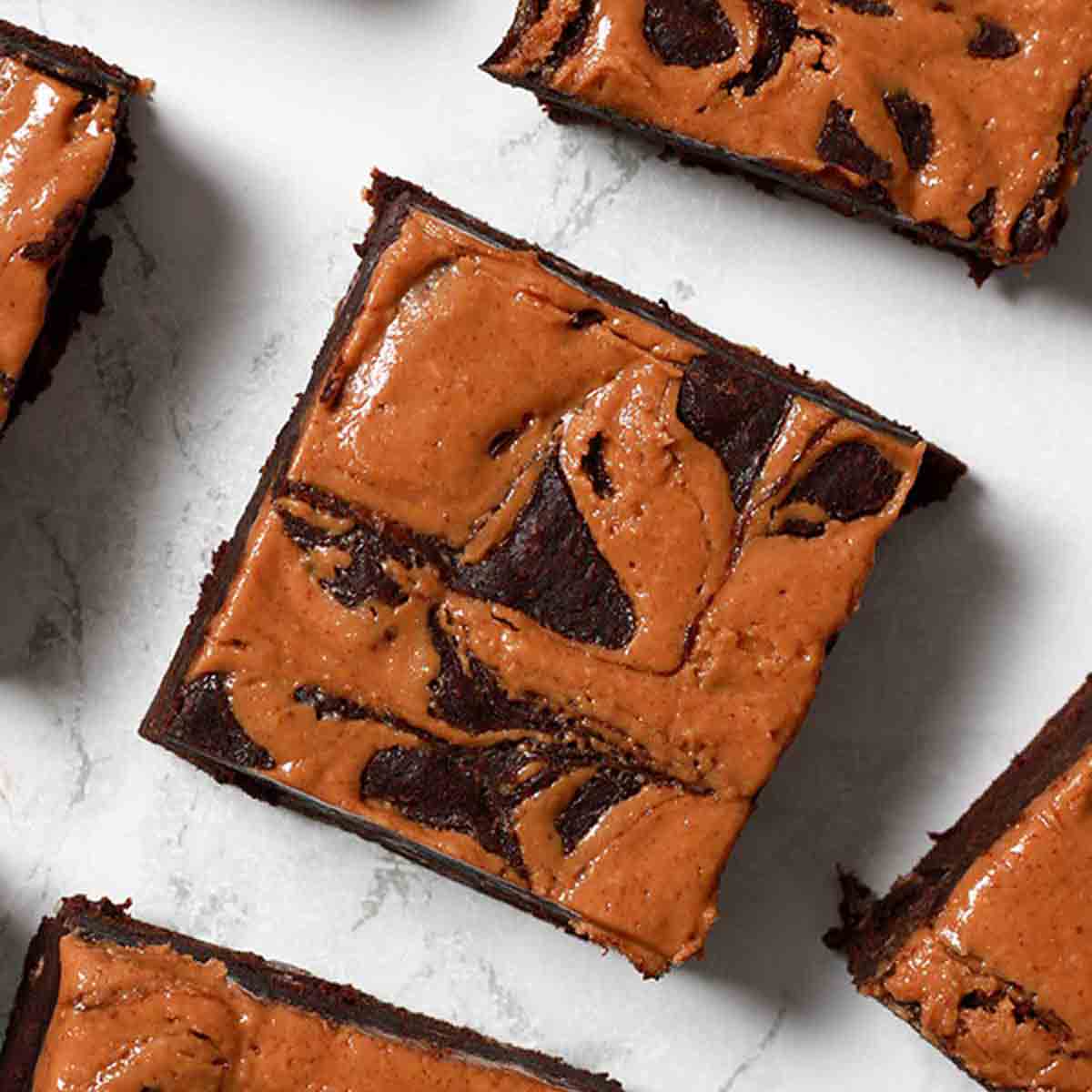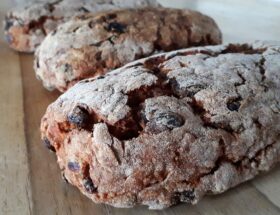
Why Are My Brownies Oily, Flat or Falling Apart?
Brownies are a beloved treat enjoyed by many, but they can sometimes present challenges in the kitchen.
Enjoy brownies from professional bakeries like Treats N Stuff in Sri Lanka is different from baking them your selves. Mistakes are prone to happen.
By understanding the causes behind these issues and implementing the suggested solutions, you can achieve perfectly baked, delicious brownies that everyone will enjoy. Let’s delve into it, shall we?
Flat Brownies – Why Don’t They Rise
Insufficient Leavening Agents:
One of the main culprits behind flat brownies is the lack of leavening agents such as baking powder or baking soda. These ingredients create air bubbles in the batter, leading to a lighter and fluffier texture. Double-check your recipe to ensure you’ve included the appropriate amount of leavening agents.
Solution: Add the recommended amount of baking powder or baking soda as stated in your recipe. Be mindful of expiration dates as old leavening agents may lose their effectiveness.
Overmixing the Batter:
Overmixing the brownie batter can result in a denser and flatter texture. When you vigorously mix the ingredients, gluten formation is promoted. Gluten is beneficial in bread-making, but it can lead to a more compact texture in brownies.
Solution: Mix the ingredients until just combined. Incorporate the dry ingredients gently into the wet ingredients, stopping as soon as no streaks of flour remain.
Incorrect Oven Temperature:
Baking is a precise science, and oven temperature plays a crucial role in achieving the desired texture. If the oven temperature is too low, the brownies may not rise properly, resulting in a flat appearance.
Solution: Invest in an oven thermometer to ensure accurate temperature readings. Preheat your oven to the recommended temperature specified in the recipe, and avoid opening the oven door frequently while the brownies are baking.
Improper Pan Size:
The size of the baking pan you use can affect the thickness of your brownies. If the pan is too large, the batter spreads out thinly, leading to flat brownies.
Solution: Use the correct pan size recommended in the recipe. An 8×8-inch or 9×9-inch square pan is commonly used for brownie recipes. If you’re using a different-sized pan, adjust the baking time accordingly.
Incorrect Ingredient Measurements:
Accurate measurement of ingredients is crucial for baking success. Using too little flour or too much liquid can affect the structure of the brownies, resulting in a flat outcome.
Solution: Use measuring cups and spoons to ensure precise ingredient measurements. Follow the recipe closely and double-check the amounts of flour, sugar, butter, and other ingredients.

Crumbly Brownies – Falling Apart
Overbaking:
One of the primary reasons brownies turn out crumbly is overbaking. When brownies are baked for too long, they can become dry and crumbly instead of moist and fudgy.
Solution: Follow the recommended baking time stated in the recipe. To determine if the brownies are done, insert a toothpick into the center. If it comes out with a few moist crumbs clinging to it, they are ready. Remember that brownies continue to cook and firm up as they cool.
Lack of Moisture:
Insufficient moisture in the brownie batter can lead to a crumbly texture. This could be due to using less fat or liquid than the recipe calls for.
Solution: Double-check your recipe to ensure you’ve measured the fat (such as butter or oil) and any liquid ingredients accurately. Consider adding an extra tablespoon or two of liquid to the batter if it seems overly thick.
Overmixing:
Overmixing the brownie batter can develop excessive gluten, resulting in a crumbly texture. Gluten forms when flour comes into contact with liquid and is agitated too much.
Solution: Mix the brownie batter just until the ingredients are combined. Avoid overmixing or vigorously stirring the batter. Stop as soon as there are no streaks of flour visible.
Incorrect Ingredient Ratios:
The ratios of ingredients in the brownie recipe can significantly impact the texture. Using too much flour or not enough fat can result in dry and crumbly brownies.
Solution: Ensure that you accurately measure all the ingredients and follow the recipe’s ratios. Use measuring cups and spoons for precise measurements.
Cooling Process:
Improper cooling can also contribute to crumbly brownies. If brownies are removed from the pan too soon or not cooled properly, they may break apart and crumble easily.
Solution: Allow the brownies to cool completely in the pan on a wire rack before attempting to remove them. This helps them firm up and hold their shape. You can even refrigerate them for a short while to aid in the setting process.
Oily Brownies
Excessive Fat:
Using an excessive amount of oil, butter, or other fats in the brownie recipe can result in oily brownies. The excess fat does not get fully absorbed or integrated into the batter during baking.
Solution: Review your recipe and ensure you’re using the correct amount of fat as specified. Reduce the quantity of oil or butter to the recommended level to prevent excessive oiliness in the brownies.
Poor Quality or Incorrect Type of Fat:
Using low-quality or inappropriate fats can contribute to oiliness in brownies. Certain oils may not bind well with the other ingredients or have a higher fat content that leads to a greasy texture.
Solution: Choose high-quality fats such as butter or good-quality vegetable oils specifically recommended for baking. Avoid using oils that have a strong flavor or higher fat content, as they can make the brownies excessively oily. Stick to the fats mentioned in the recipe.
Improper Mixing:
Inadequate mixing of the fat with the other ingredients can result in uneven distribution of the fat, leading to pockets of oiliness in the brownies.
Solution: Ensure thorough mixing of the fat with the sugar, eggs, and other wet ingredients. Blend them together until the mixture is smooth and well-incorporated. Be careful not to overmix, as it can lead to other issues like flat or dense brownies.

Incorrect Baking Temperature or Time:
Baking brownies at too low a temperature or for an excessive duration can cause the fat to separate and pool on the surface, resulting in an oily texture.
Solution: Check the accuracy of your oven temperature with an oven thermometer. Follow the recommended baking temperature and time in the recipe. Avoid overbaking the brownies, as this can also contribute to oiliness.
Resting Time:
Not allowing the brownies sufficient time to cool and set properly after baking can cause the fat to remain in a liquid state, resulting in oily brownies.
Solution: Allow the brownies to cool completely in the pan on a wire rack. This helps the fat to solidify and evenly distribute within the brownies, reducing oiliness.
Making mistakes is the best path to mastering perfection. Baking, like any other skill, takes practice and experimentation to achieve perfection. Don’t be disheartened by the occasional flatness, oiliness, or crumbliness of your brownies.
Embrace these challenges as opportunities for growth and improvement. Each batch brings you closer to understanding the intricacies of baking brownies.









